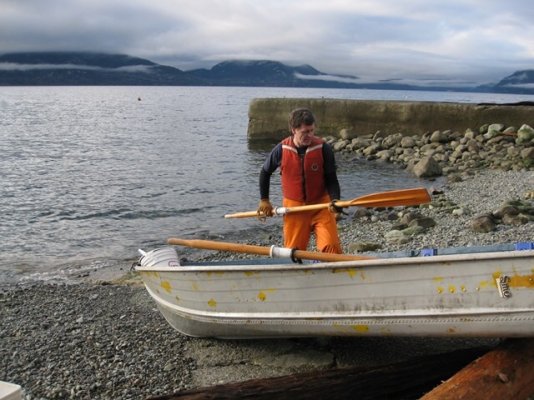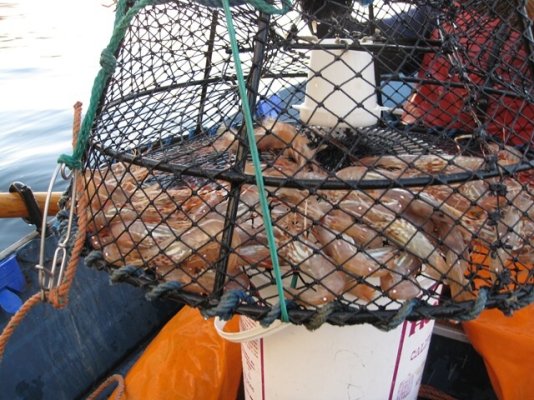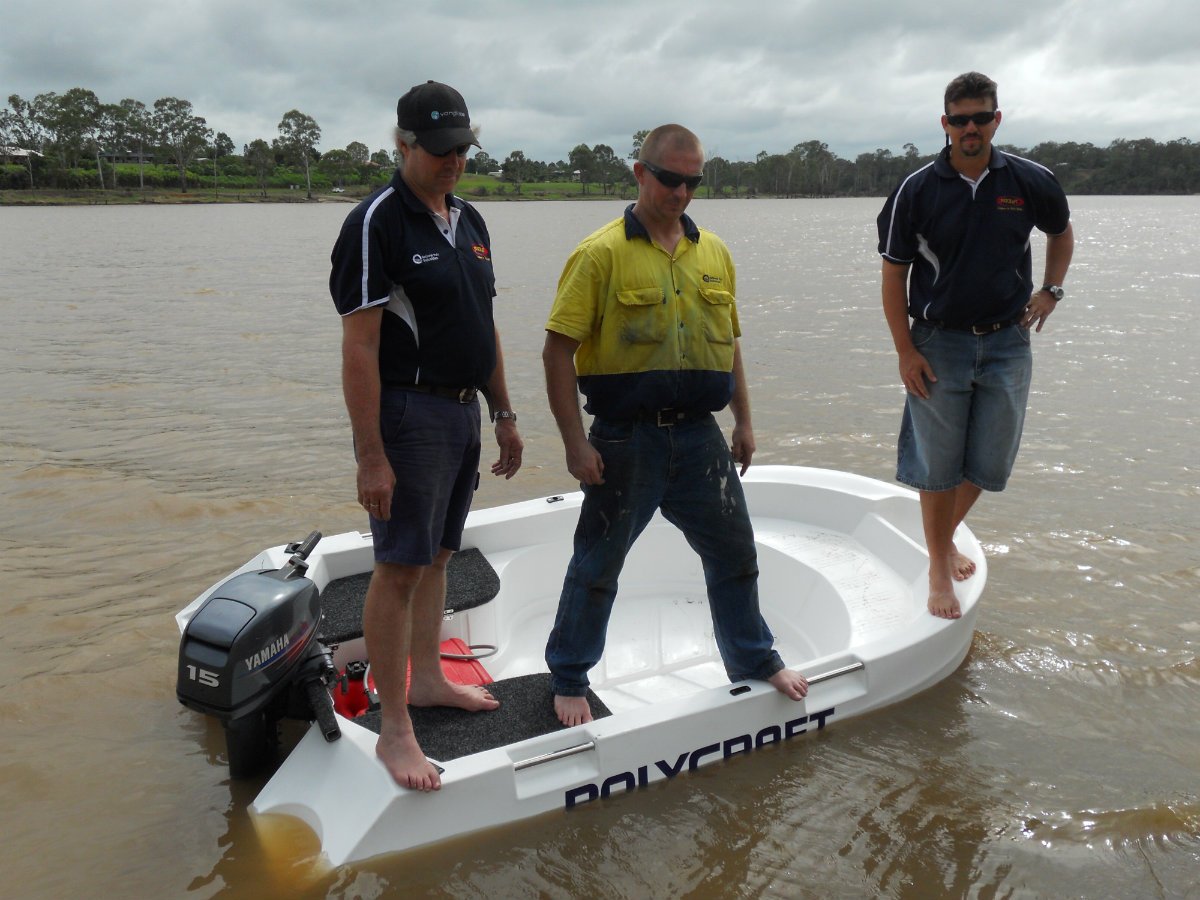Question for the experts.....
Why are inflatables or rigid inflatables so popular? Anything with air in it will leak or eventually leak, and seemed to be generally heavier and have less space inside.
Why not a good, lightweight 10 to 12 foot boat, made with light weight materials. Primarily for running to shore, exploring, easy of loading and launching, and holding more stuff or bodies?
Not an expert, but chiming in on other responses...
First, yes a solid boat could work for anyone, depending on requirements, usage pattern, etc. They often have more interior space, given the same beam as a comparable-length inflatable or RIB. And they generally row better, although there are lots of "generallys" across the board that can go south, rigid or inflatable, depending on brand and model.
Anyway, we've had to traverse rough water from an outer anchorage -- rough enough so we wouldn't have been comfortable in a solid, heavy boat less than about 14' long with proportional beam... just too choppy, confused, we'd have been confined to the big boat. And I can tell you, big dogs don't want confining to the big boat for too long at any given time!
And then about that dog thing: 100+-lbs of dog deciding the duck "over there" (other side of the boat) is really interesting makes stability an even more important issue, not easily solved with many rigid boats. (Another "generally.")
Anyway, wifey didn't grow up on the water (So Eric, perhaps like many, she didn't grow up maneuvering around canoes) and that whole stability thing was an important feature. Some rigid boats aren't as tender as others, but for the most part inflatables and RIBs will tolerate standing on the tubes if necessary. That gets even more useful when loading stuff like bicycles and so forth.
Puttering along at slow speeds can be OK for some, but if anchored a few miles from port (resupply) some may choose to go faster. Or if sights to see might involve several miles of travel. Often where at least one direction of travel is against the tide or current. RIBS generally (again) track better than inflatables, hence that becomes a common step up... especially if planing is a criterion.
Inflatables often stow easier than RIBs and rigid boats, and sometimes a user's criteria dictates stowage rules.
Ref "anything with air in it will eventually leak." Well, not necessarily. Punctures can become an issue, of course

but most are easily fixed. Otherwise, inflatables and RIBs will often hold their charge for a full summer, until ambient temperatures begin to affect tube pressure.
That whole "fender" things is just something you decide is important or not. For us, it's much easier to just allow bouncing off the big boat, instead of spending time fending off or engineering fenders on the dinghy and so forth. In fact, our normal re-board process is to drive the dinghy up against the big boat and hold it there under power while crew off-loads... much like a water taxi might dock.
Just some more thoughts...
In the end, the individual user makes a choice based on applicable criteria...
Edit: sometimes fodder offered in places like this is taken as if intended as the (only) gospel according to the poster... when probably more often, what the original OP (any OP) chooses to do is pretty much up to him or her... and contributors (like me) don't really give a flying rat's a$$ what the outcome is... other than that the OP (any OP) who went out of his/her way to ask... has been able to assimilate enough data to make his/her own informed decision. In this case, as in most, OP is pretty much the only one qualified to make his decision.
-Chris









 jeez
jeez